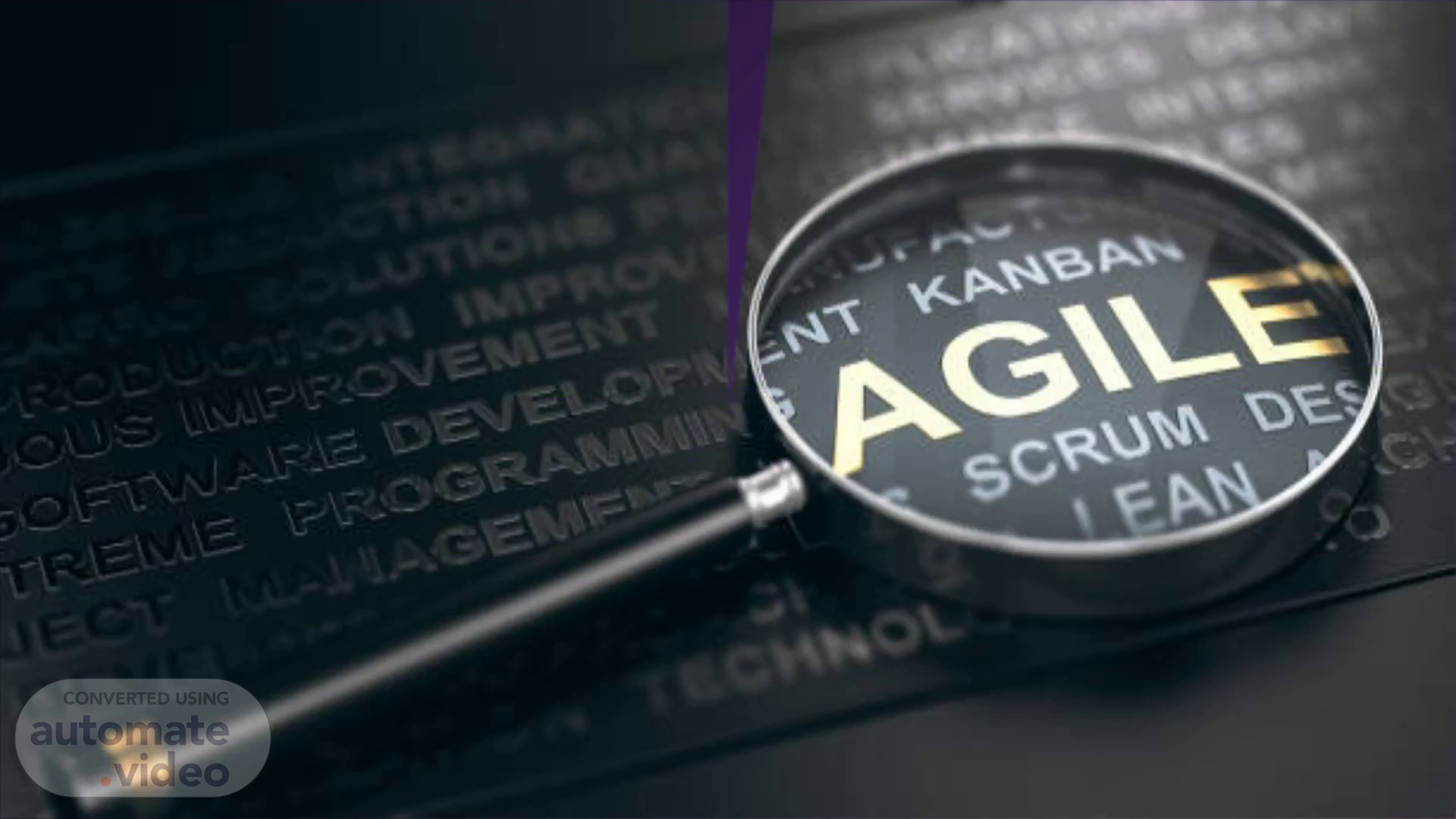
Page 1 (0s)
AGILE MODEL PROCESS.
Page 2 (6s)
AGILE MODEL PROCESS. * This is an approach that is used to design a disciplined software management process. * Agile model process is also the combination of iterative and incremental process models * It breaks the product into smaller incremental builds. * These builds are provided in iterations * Agile methodologies include the following: 1. XP Extreme Programming 2. Scrum 3. Unified Process.
Page 3 (25s)
IDEOLOGY AGILE MANIFESTO * Agile process models were developed as a way to avoid weakness such as lack of acknowledgement in the importance of managing change in software life cycle and an over emphasis on the process, tools and documentation associated with them. * The manifesto for Agile Software development states that the core values of agile process models are: 1. Individuals and interactions over process and tools - People are the most important part of development because they are likely to respond and adapt change unlike if the processes or tools drive development it will less likely to meet customers needs 2. Working software over comprehensive documentation - Agile manifesto places higher value on working software rather than valuing the process of documentation 3. Customer collaboration over contract negotiation - A customer is very important in agile development . There must be effective communication between the customer and the developers in order to understand what it is that the customer needs. 4. Responding to change over a plan - Agile development it also recognizes that any plans laid out to meet their requirements may change. The agile process models use an incremental or iterative approach to development, delivering multiple increments of the software to the customer..
Page 4 (1m 12s)
ADVANTAGES 1. It has an adaptive approach which is bale to respond to the changing requirements of the clients 2. Direct communication and constant feedback from customers representative leave no space for any guesswork in the system DISADVATAGES 1. It focus on working software rather than documentation , hence it may result in a lack of documentation.
Page 5 (1m 30s)
Phases of the Agile Model. 1. Requirements Gathering 2. Design the requirements 3. Construction or iteration 4. Testing & Quality Insurance 5. Deployment 6. Feedback.